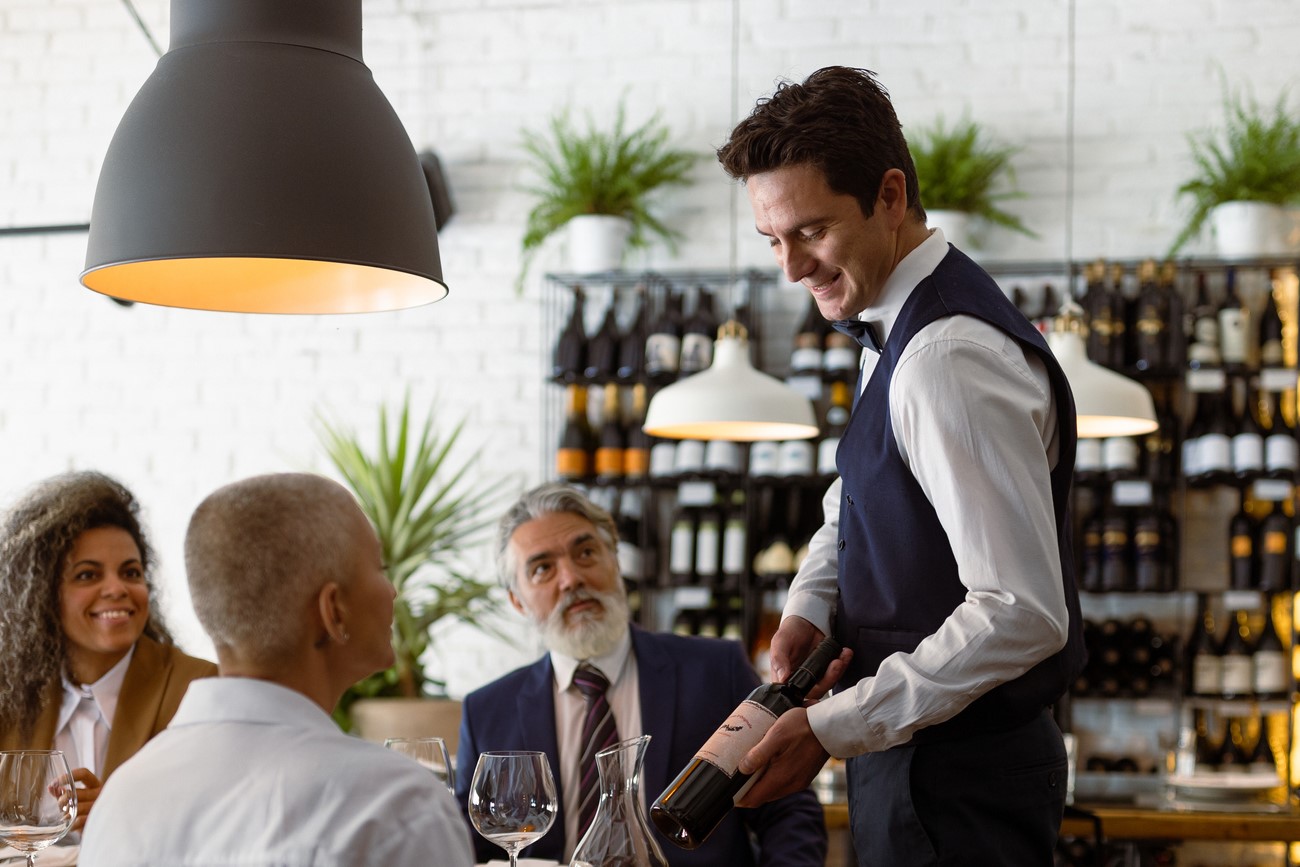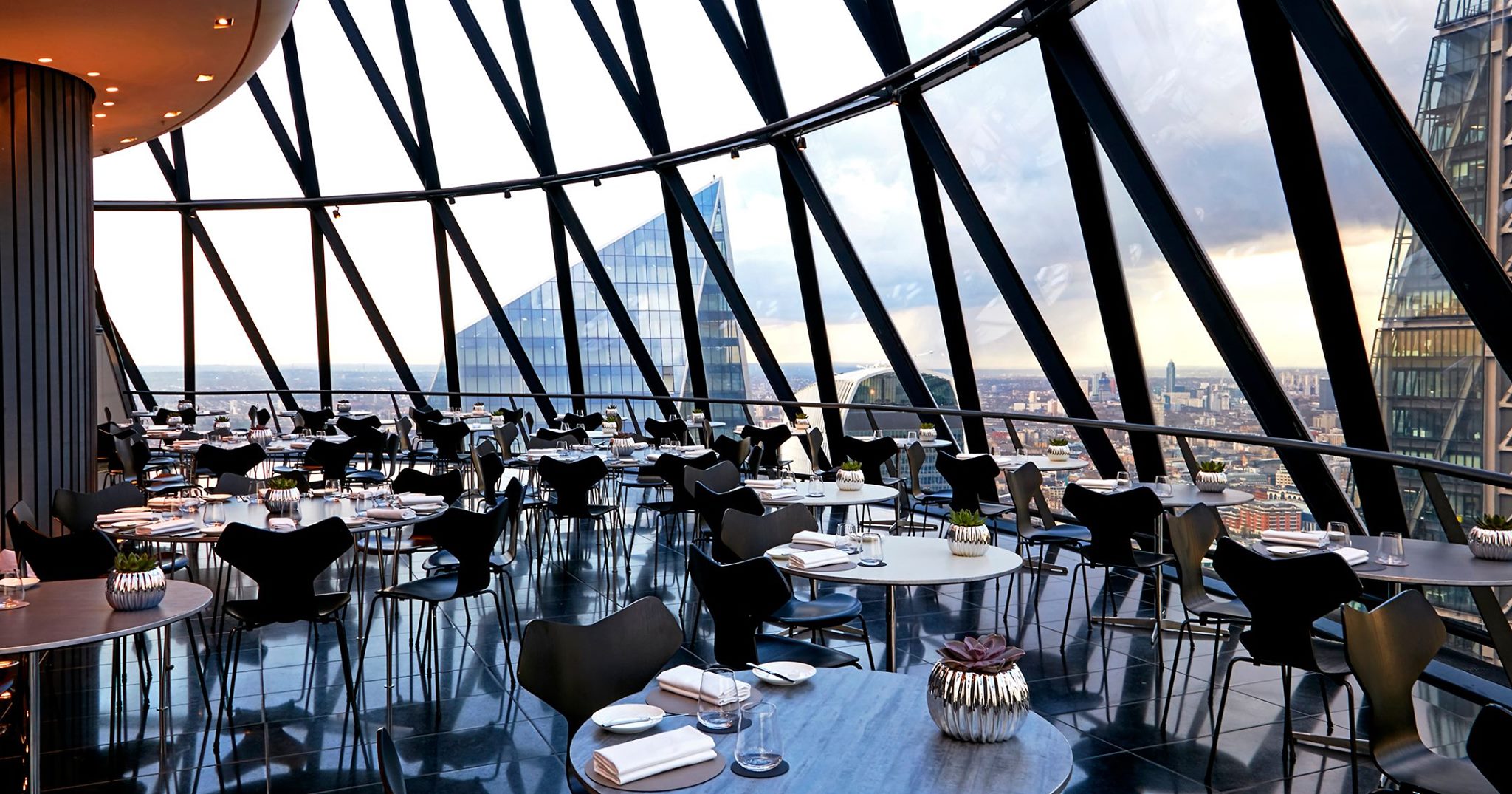Catering Terminology To Know When You’re Planning An Event

By Darcy Allen /Melbourne Venue Expert
Wed 1st Feb 2023 Corporate Venues · Social Venues · Wedding Venues ·

Planning an event is exciting, especially when it’s your first time with complete control over each detail! From the canapés to the decor, it’s your time to make the event shine.
Every once in a while, though, you might hear a term that pops out as unknown to you. Catering professionals tend to use industry terminology. So, knowing some of the common catering terms before you get started could make the planning experience easier for you and your vendors.
Here are some of the top terms you should know when working with professional caterers.
Catering Terminology Glossary
Action Station — A food station where chefs (or, in some cases, guests) perform cooking, plating meals, or adding toppings. Usually, action stations allow guests to interact with chefs and customise their plates.
Alternate Drop — Particularly common in Australia, this is a style of meal service in which a mix of different dishes are chosen by the event host and handed out randomly to guests. Often, the dishes vary in their proteins so that one guest might get a lamb dish while the person on their right has fish and the person on their left is served a vegetarian dish. Guests can then swap accordingly.
Amuse Bouche — A small palate cleanser (usually one bite) served before a meal.
Aperitif — An alcoholic drink served before a main meal to entice the appetite and palate.
Bain Marie — A heated tray that sits in a bath of hot water to keep dishes warm or to slowly heat food. Different from a chafing dish, but sometimes referred to as the same thing by mistake.
BEO or Banquet Event Order — The most important document of your event, as the BEO outlines every single detail catering will be involved with at your event. This includes information like your menu, timeline, guest count, service items, special dietary requirements, tabletop diagrams, staffing requirements, pricing, extra fees, and more.
Canapé — A tray-passed, small one-bite of food, usually served during cocktail hour. Terminology is often used interchangeably with hors d’oeuvres, but it’s actually a type of hors d’oeuvre that’s usually made with a base of pastry or bread.
Cash Bar — Guests pay out of pocket for drinks instead of everything being under the event host’s tab. Some event planners will change to a cash bar at the scheduled event end time for guests who prefer to continue the party on their own.
Chafing Dish — Equipment used to keep food warm, usually during buffet-style service. It’s typically a large rectangular silver tray with a few burners underneath to maintain temperature.
Charger — A decorative or large plate used to elevate the table setting during formal events. Typically, a plate is placed atop a charger for meal service, though some caterers offer service using the charger as a plate.
Cocktail-Style Event — A casual or semi-casual reception or party where no formal, plated meal is served. Instead, guests are served drinks, hors d’oeuvres, grazing stations, or buffet-style food.
Corkage — An additional fee for any bottles of wine or alcohol not provided by the venue. Most venues that serve alcohol will have regulations around what hosts can bring in, so always check with your venue before you bring in something like a case of VIP wine to be served during cocktail hour.
Crockery — Term used to refer to dishware used during event mealtimes.
Dry Hire — Refers to dry-hire venues that provide only an event space for the hire fee, often requiring catering, decor, and other supplies to be brought in separately. Some dry-hire venues will offer a suggested list of suppliers, or require you to work with their vetted list.
Event Captain — The point person responsible for leading the event staff, taking control of the timeline of the day, and ensuring guest satisfaction.
Event Run Sheet — A tool event managers use to define the order of tasks on the event day, also referred to as a timeline or production schedule.
Exclusive Caterer — Exclusive caterers are partnered with venues to be the sole provider of services for their events thereby excluding other caterers from being able to work at the venue. Some venues may allow an exception to be made, for example, if you require a particular type of cuisine that the exclusive caterer is not equipped to provide.
F&B (Food and Beverage) — Refers directly to the food and beverage of the event. Usually referred to in shorthand when speaking about the food and beverage minimum.
Family Style — A meal service style wherein servers place large platters of food on the table for guests to pass around and serve themselves. This can be more expensive than regular meal service, as it requires more food.
French Style Service — Similar to family-style dining, French service includes serving different dishes at once and allowing diners to serve and arrange their own plates.
Grazing Platter — A platter/long tray of food that’s set out for self-service. It often includes cheeses, charcuterie elements, and other nibbles.
Head Count — Refers to the number of guests at the event.
Hire — A term used interchangeably with rent.
Hors D’oeuvres — Small bites served prior to the main meal, usually during cocktail hour, and usually tray-passed.
Intermezzo — An intermission service before the main course during a meal of 3 or more courses. You might see something like a sorbet served to cleanse the palate between flavours.
Last Call — An announcement usually made about 15 minutes before the end of an event, giving guests the courtesy of knowing they have time to order one final drink.
Load In/Out — Term used to refer to setting up and breaking down an event. Most suppliers will need to be aware of the limited window in which they can load in or out for an event.
Maître D’ — The name of the head waiter of an event, which is often different from the Event Captain, but can sometimes be the same person.
Napery — Linens, such as napkins or tablecloths.
Open Bar — When the event bar has been prepaid by the hosts, allowing the guests to order drinks without paying.
Pax — Pax is an abbreviation for passengers, but this term refers to the number of guests at the event. Usually used in shorthand but not in conversation.
Plated Service — A service style where each course is artfully plated and served individually to seated guests.
Raw Bar — A counter or bar that provides raw shellfish and seafood on ice.
Russian Style Service AKA Silver Service — For the main course, the chef prepares many portions and arranges them onto silver platters which are then presented to the guest prior to being served onto their plate. The waiter both presents and serves the guest while standing to the guest’s left and using their right hand to serve.
Site Visit — Venue tours that happen when you’re looking for a venue. You may also conduct a site visit with your hired suppliers while you’re planning your event.
Snake Service — A service style where servers line up and walk together to the table in a snake-like formation. Servers circle the table and simultaneously set down the plates.
Tray-passed — Servers pass hors d’oeuvres from trays while circulating the room. This style of service usually occurs during cocktail hour or throughout a cocktail-style event.
Walk Through — A chance to conduct a site visit to the venue with specific suppliers, narrowing in on specific details of the event such as layout, custom installations, or lighting.




